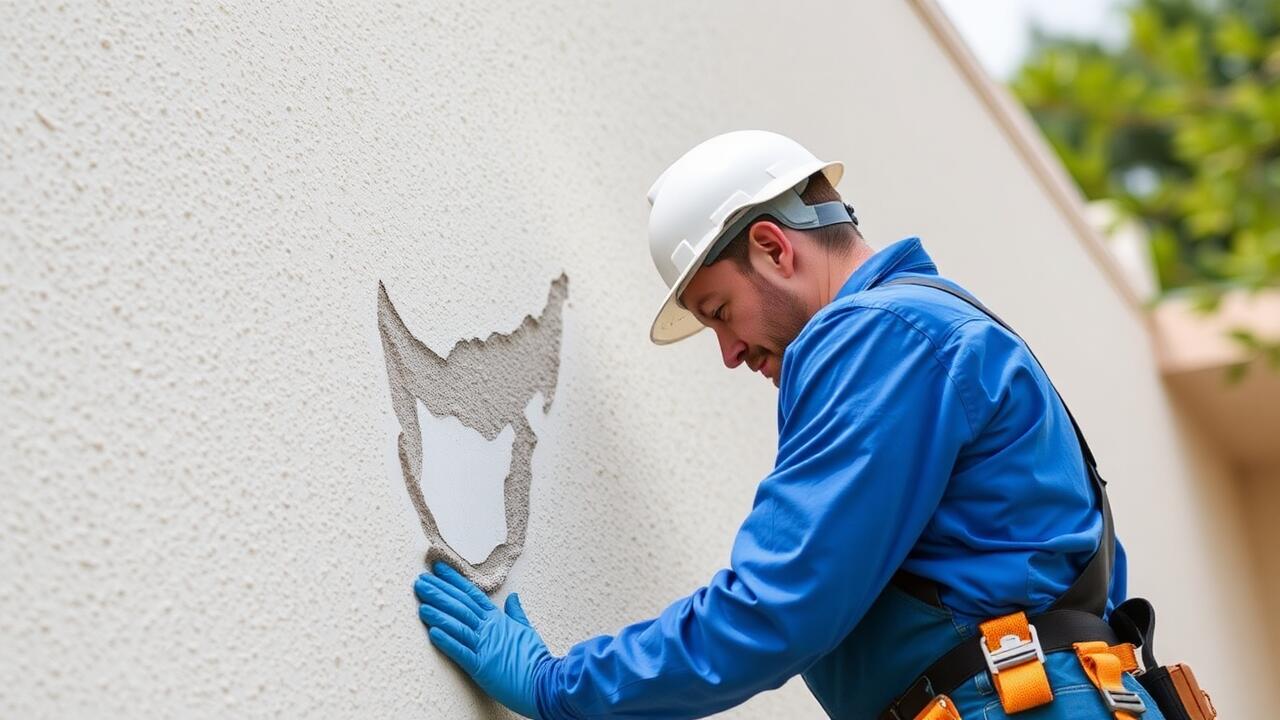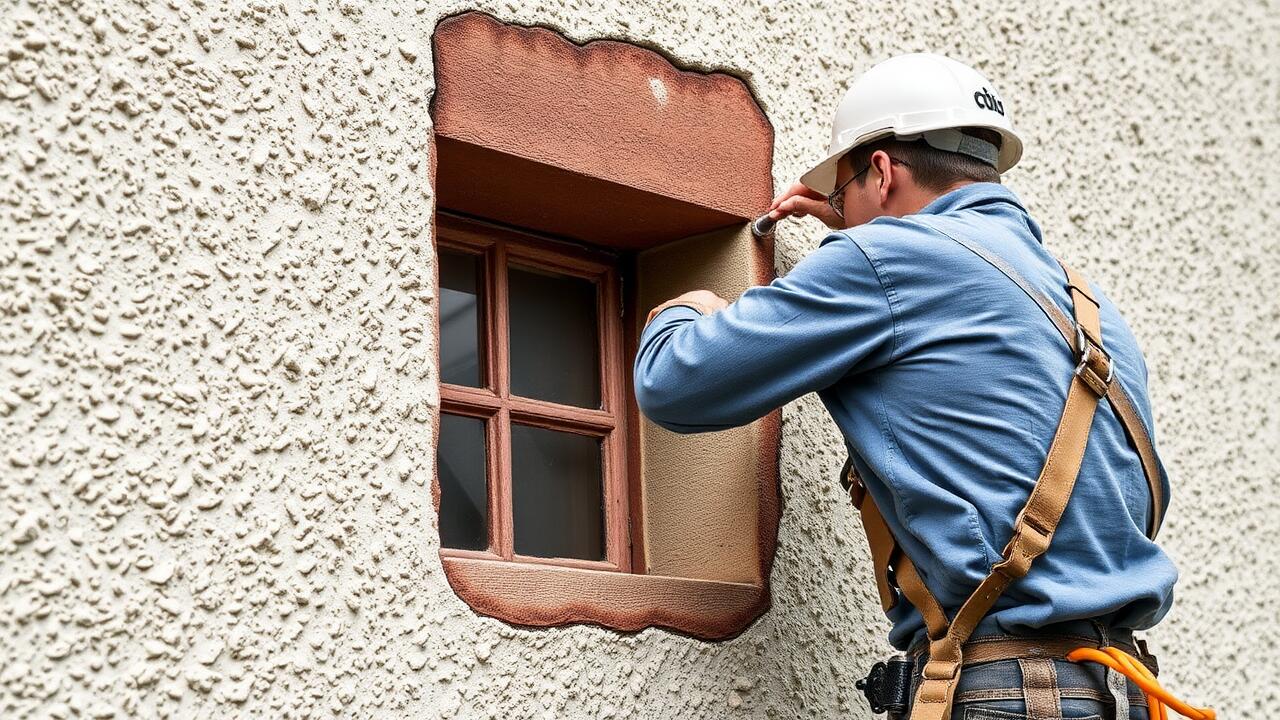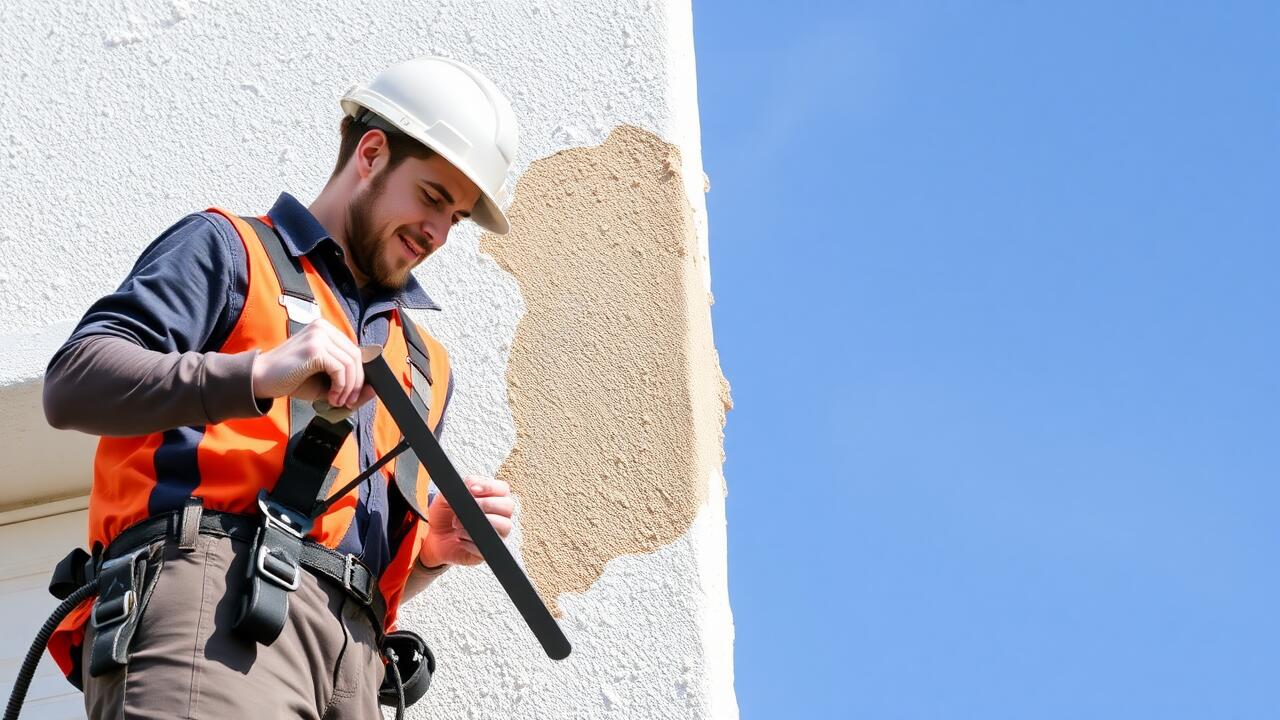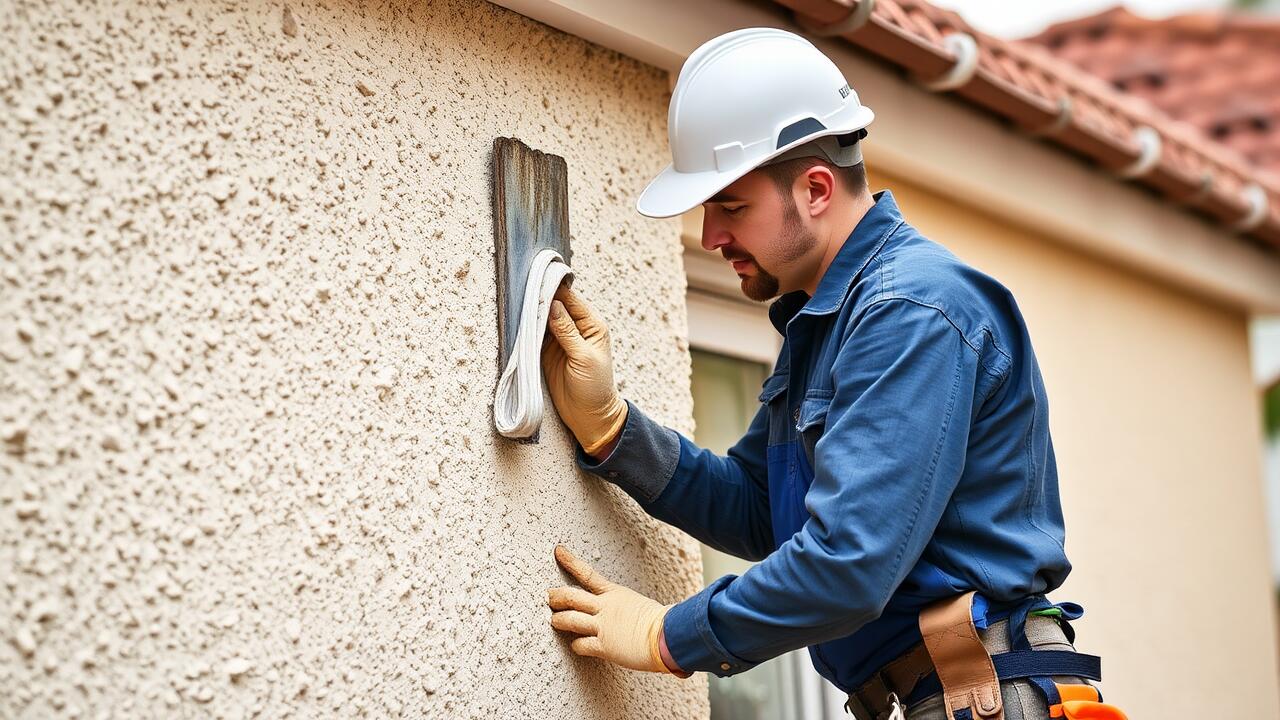
Texturing the Repair
Texturing the repaired area is crucial in achieving a seamless blend with the surrounding stucco. Start by selecting a texturing tool that matches the existing finish, whether it is a sponge, brush, or spray texture. Lightly apply the texture, ensuring to replicate the pattern and depth of the original surface. This attention to detail will enhance the overall appearance of the repair and help avoid noticeable patches.
For those seeking professional assistance, services such as Stucco Repair in Van Nuys, Los Angeles, deliver expert results in texturing. Skilled technicians can assess the original finish and apply the appropriate techniques to restore your stucco to its former glory. This not only improves aesthetics but also ensures durability and protection against the elements.
Matching the Existing Finish
To achieve a seamless finish during your stucco repair, it’s essential to match the texture of the existing stucco. Different techniques create varying textures, whether it's a smooth finish or a more textured appearance. Carefully observing the surrounding areas can help you mimic the style, ensuring that the repair blends well with the original surface. If you're unsure about the texture, consider testing a patch on an inconspicuous area before applying it to the larger repair.
In Van Nuys, Los Angeles, many homeowners opt for professional services like Stucco Repair in Van Nuys, Los Angeles to ensure a perfect match. Professionals have the experience needed to replicate the texture accurately, using tools and materials that may not be accessible to the average DIY enthusiast. This expertise not only enhances the aesthetic appeal but also contributes to the overall integrity of the building's exterior.
Allowing for Curing Time
Curing time is a crucial step in the stucco repair process. This phase allows the new stucco material to settle and bond effectively with the existing surface. While it might be tempting to paint or texture the area immediately after application, patience is essential. Depending on the thickness and environmental conditions, the curing process can take several days. During this period, keeping the area moist can help ensure optimal adhesion and prevent cracking.
For those engaging in stucco repair in Van Nuys, Los Angeles, local weather conditions can significantly impact curing times. Hot temperatures can accelerate drying, while cooler or humid conditions may prolong the process. It's vital to monitor the repair closely to determine when it has fully cured before proceeding with any additional steps like painting or texturing. Properly allowing for curing will result in a more durable and visually appealing repair.
Understanding the Drying Process
The drying process plays a crucial role in ensuring a successful stucco repair. After applying the repair compound, it is important to allow adequate time for the material to cure before taking further steps. Factors like humidity, temperature, and the thickness of the application can significantly impact drying times. In warmer, dryer conditions, the stucco may set faster, while cooler or humid conditions can extend the process.
In Highland Park, Los Angeles, local weather patterns can also influence the drying process. Homeowners should monitor the repaired area and avoid touching or stressing it during the initial curing phase. Patience is essential, as rushing this stage can lead to cracking or poor adhesion. Understanding these factors will help ensure a long-lasting and effective stucco repair.
Painting the Repaired Area
Choosing the right paint is essential for ensuring that your repaired stucco area blends seamlessly with the existing surface. Generally, exterior paints that are specifically formulated for masonry or stucco work best. These paints not only adhere well to stucco but also provide the necessary weather resistance. Before painting, assess the finish of the surrounding areas to select a paint that matches the texture and sheen of the original stucco. This attention to detail will help create a uniform look across the surface.
When it comes to applying the paint, use a brush or roller suitable for textured surfaces. This allows for better coverage and ensures that the paint reaches all the nooks and crannies of the repaired area. It's advisable to apply two coats for durability and a consistent color match. For those considering more extensive or professional repairs, services like Stucco Repair in Van Nuys, Los Angeles, offer expertise that can help achieve the best results with minimal effort.
Choosing the Right Paint for Stucco
Selecting the appropriate paint for stucco surfaces is crucial for maintaining texture and appearance. A high-quality exterior paint formulated specifically for stucco ensures better adhesion and flexibility. These paints often contain elastomeric properties, helping them withstand the natural expansion and contraction of the stucco as temperatures fluctuate. For a long-lasting finish, pick a paint that resists fading and is designed to endure harsh weather conditions.
If you are in need of stucco repair in Van Nuys, Los Angeles, it’s essential to choose a paint color that matches the existing surface. Take time to observe the current hue and texture, as blending is vital for an invisible repair. Sample various shades and finishes to accurately gauge how they interact with the natural light in your area. A well-matched paint will enhance the overall aesthetic of your home while also protecting the repaired sections from the elements.
FAQS
What materials do I need for a small stucco repair?
You will need stucco patching compound, a trowel, a sponge, water, a bucket, a paintbrush, and possibly a texture roller or spray for finishing.
How do I match the existing stucco texture during repair?
To match the existing texture, you can use a sponge or a specific texture roller to replicate the look of the surrounding area. Practice on a scrap piece or inconspicuous area first for best results.
How long should I wait for the stucco repair to cure?
The curing time can vary, but generally, you should allow the repair to cure for at least 24 to 48 hours before painting, depending on the humidity and temperature.
What are the signs that my stucco repair is fully dry?
A fully dried stucco repair will appear lighter in color and feel solid to the touch. You can also perform a scratch test; if it doesn't leave a mark and feels firm, it is likely dry.
What type of paint should I use on stucco surfaces?
Use a high-quality, breathable exterior acrylic paint specifically designed for stucco. This type of paint allows moisture to escape, preventing damage to the repair over time.



